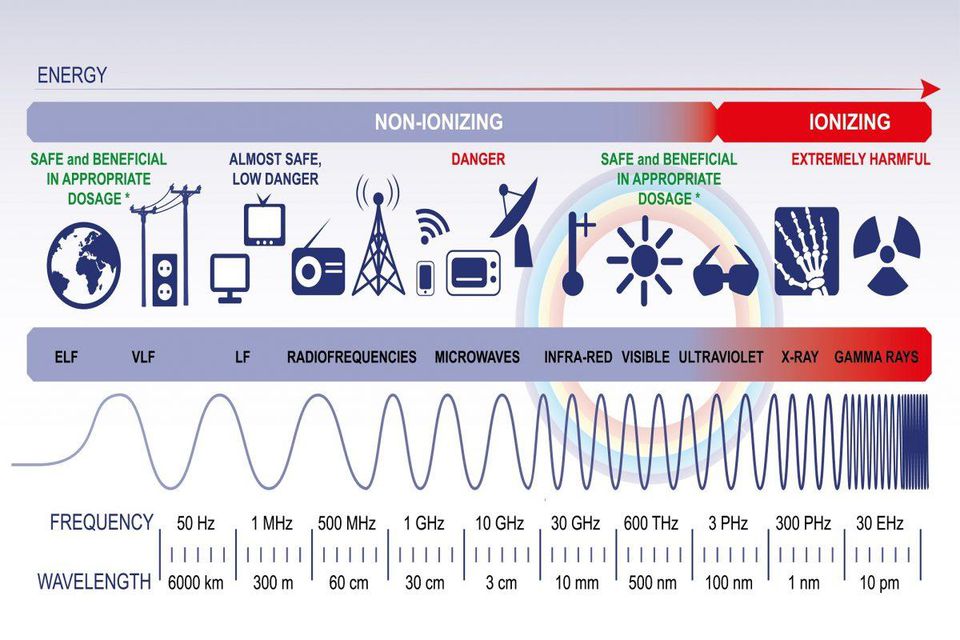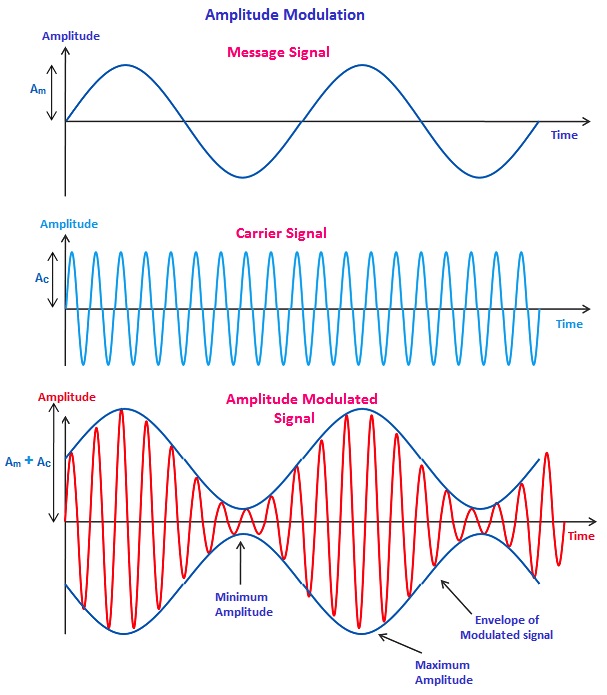Radiofrequency radiation is part of the Electromagnetic spectrum, It refers to the part that has been allocated for manmade transmissions. RFR currently falls into the non-ionising part of the spectrum.

NASA Introduction to the Electromagnetic Spectrum
The only natural background electromagnetic radiation that exists below the ‘light’ part is the schumann resonance, which is a background stationary electromagnetic noise that propagates in the cavity between the surface of the earth and the lower boundary of the ionosphere in a frequency range between 5 and 50 Hz. Before 1889 when artificial electricity was first transmitted the natural background was silent. We existed for 1000’s years in this context.
Electromagnetic waves can be characterised by either the frequency or wavelength of their oscillations to form the electromagnetic spectrum, which includes: extremely low frequency (ELF), very low frequency (VLF), radio waves, microwaves, infrared radiation, visible light (the only part of the spectrum clearly visible to the human eye), ultraviolet radiation, X-rays and gamma rays.
With electricity, radio, mobile wireless and radar transmissions we have now filled the spectrum from 60Hz up to around 24Ghz with pulsed and polarised signals which are non-native. (1 Ghz is 1 Billion cycles per second)

With electricity, radio, mobile wireless and radar transmissions we have now filled the spectrum from 60Hz up to around 24Ghz with pulsed and polarised signals which are non-native. (1 Ghz is 1 Billion cycles per second)
New 5G+ is proposed to extend as far as 90Ghz, not far short of near infra red, and with a millimetre long wavelength.
The unique and bio-active quality of man made radio frequency radiation (RFR) is related to its modulation – how the carrier signal is shaped by the message signal.
The other bioactive feature that causes adaptive stress is it’s polarisation. The electric and magnetic components of electromagnetic radiation are synchronised oscillations of that propagate at the physical speed of light.

Biological interaction has been shown to occur in all areas of this broad spectrum of frequencies, and not only in the Ionising part of the spectrum.
